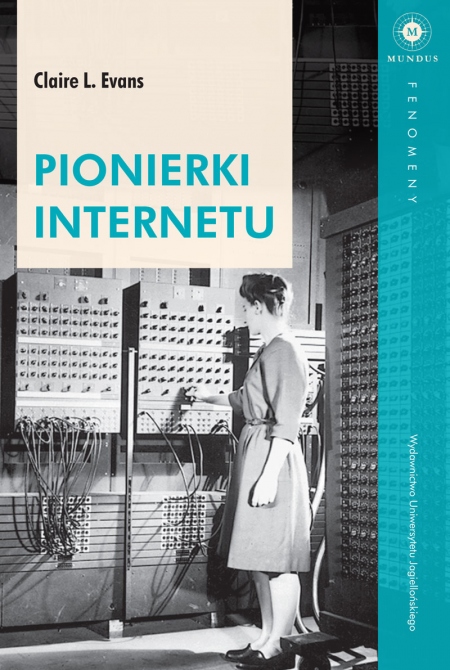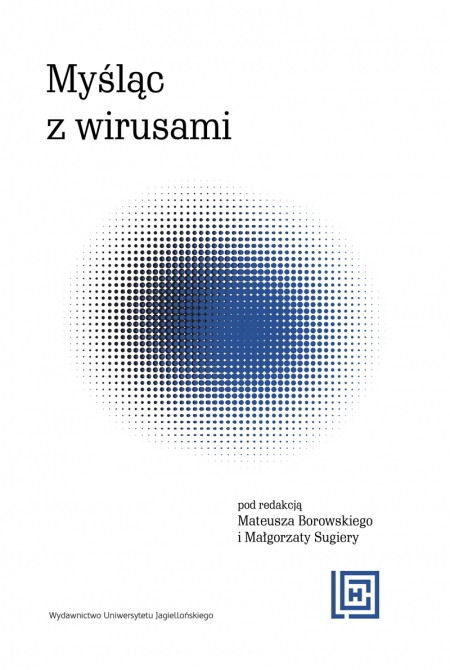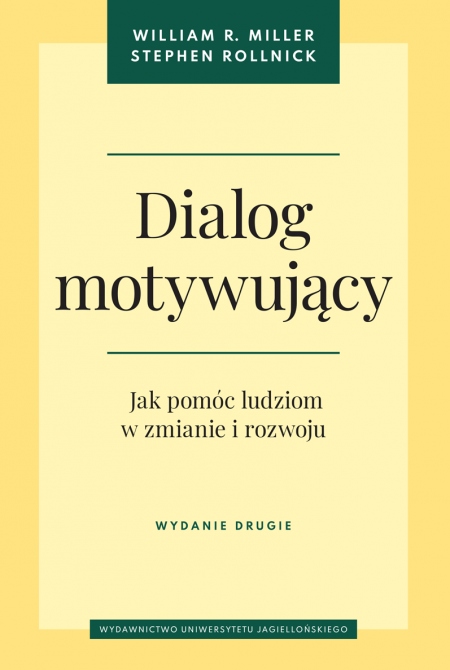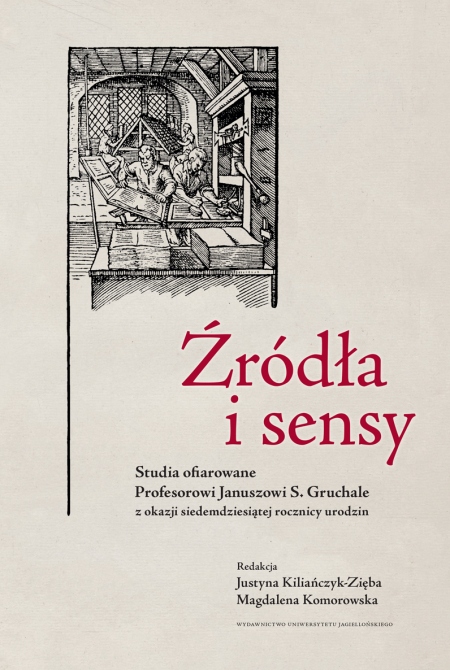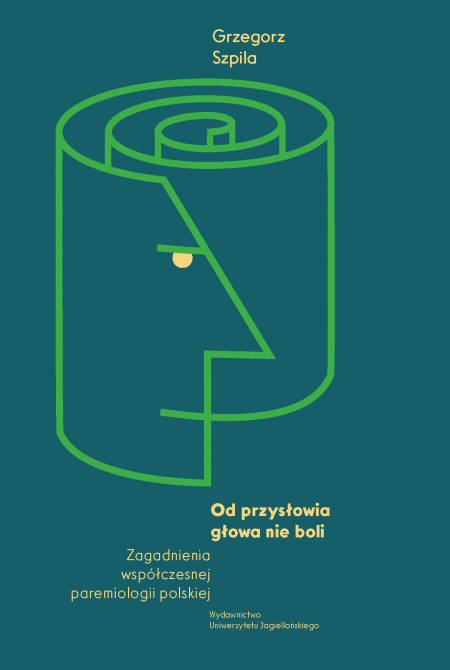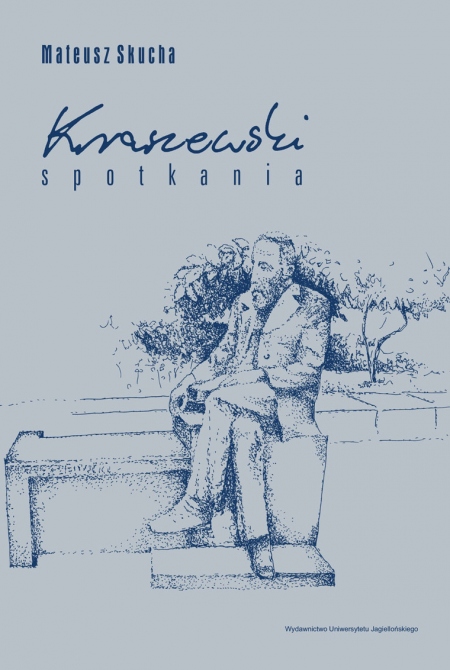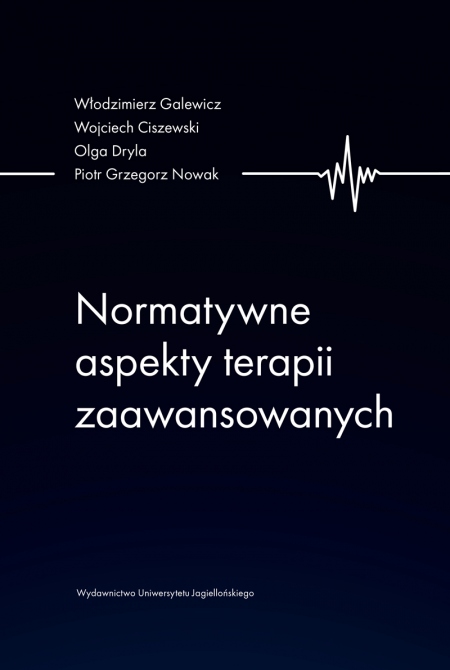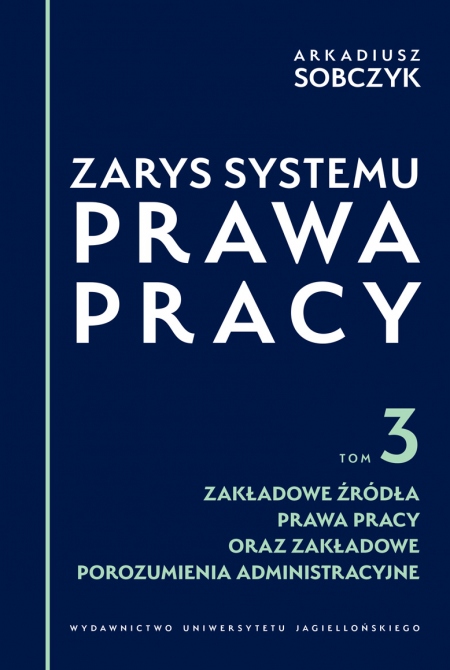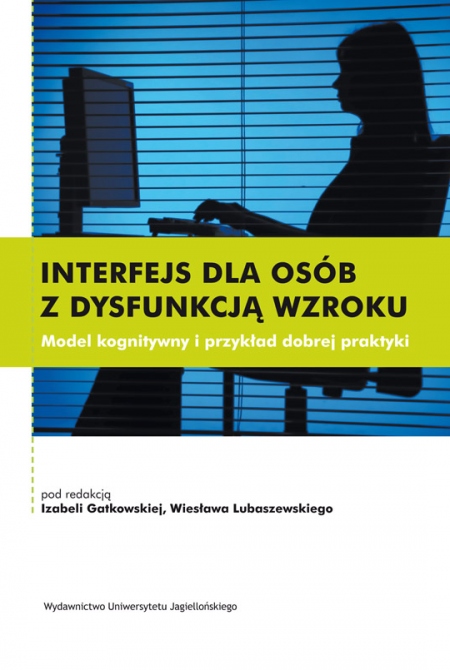
User interface for persons with visual dysfunction
The cognitive model and sample of good practices
Edited by: Wiesław Lubaszewski, Izabela Gatkowska
Pages: 176
Book format: B5
Publication date: 2013
Publication date: 24.06.2013
Book description
The problem of interface for people with various types of dysfunction, has been researched for years. A plethora of rules, heuristics, and recommendations, especially dealing with WWW interface, has been created. The reference point here must incorporate various dysfunctions as well as continually update a set of recommendations concerning the construction of a user interface, i.e. the Web Content Accessibility Guidelines (WACG2). Persons with visual dysfunctions are limited mainly to hearing perception, however user interfaces prepared for them must be in a text form. The authors of this work are of the opinion, that the recommended WACG2 will become more comprehensible for programmers and designers, when they become acquainted with the cognitive mechanisms of processing linguistic information, as this comprises the basis of the WACG2, although the WACG2 doesn’t deal with the subject. This premise, has determined the form of this book.
The first chapter of the book is entitled: The Processing of Linguistic Information – The Cognitive Basis and is dedicated to a description of the processes of perception and attention, with special emphasis focused on the mechanisms of processing linguistic information. The second chapter The Semantic Structure of the Natural Language is a description of the structure and semantic relations, which create a semantic network in the human mind. These structures and relations are the basis on which we know the world around us, as well as for comprehending messages given in a natural language. The third chapter is entitled: The Problem of Accessibility to Internet Services is composed of an elaboration of WACG2 recommendations, with a special emphasis on recommendations dealing with visual dysfunction. Finally, the fourth and final chapter, Good Practices of Creating Interfaces Accessible to People with Visual Dysfunction details the practical implementation of the principles and recommendations formulated in the first three chapters of this work.
The authors admit, that an interface for people with visual dysfunction is a specific instance, which accentuates all those problems linked with designing a user interface. They therefore consider, that knowledge of human cognitive and communication mechanisms, allow programmers and designers, to construct a deliberate, so-called intuitive interface.
The first chapter of the book is entitled: The Processing of Linguistic Information – The Cognitive Basis and is dedicated to a description of the processes of perception and attention, with special emphasis focused on the mechanisms of processing linguistic information. The second chapter The Semantic Structure of the Natural Language is a description of the structure and semantic relations, which create a semantic network in the human mind. These structures and relations are the basis on which we know the world around us, as well as for comprehending messages given in a natural language. The third chapter is entitled: The Problem of Accessibility to Internet Services is composed of an elaboration of WACG2 recommendations, with a special emphasis on recommendations dealing with visual dysfunction. Finally, the fourth and final chapter, Good Practices of Creating Interfaces Accessible to People with Visual Dysfunction details the practical implementation of the principles and recommendations formulated in the first three chapters of this work.
The authors admit, that an interface for people with visual dysfunction is a specific instance, which accentuates all those problems linked with designing a user interface. They therefore consider, that knowledge of human cognitive and communication mechanisms, allow programmers and designers, to construct a deliberate, so-called intuitive interface.
Edited by
Wiesław Lubaszewski
, Izabela Gatkowska
ISBN: 978-83-233-3526-9
Country of producer: Poland
RECOMMENDED BOOKS
NEW BOOKS

User interface for persons with visual dysfunction
The cognitive model and sample of good practices
User interface for persons with visual dysfunction
The cognitive model and sample of good practices
Choose chapters to buy:
Order value:
0.00 zł


